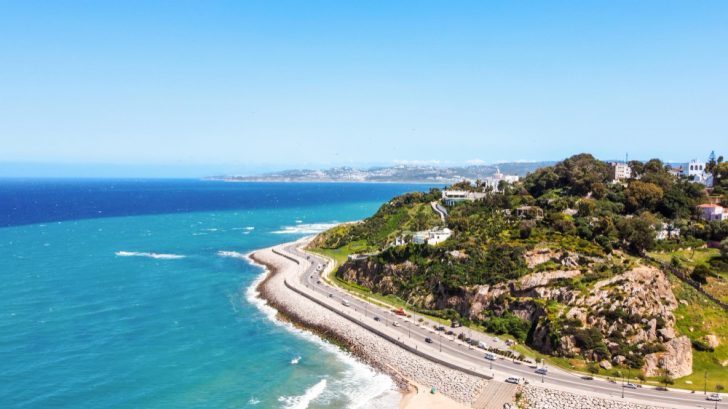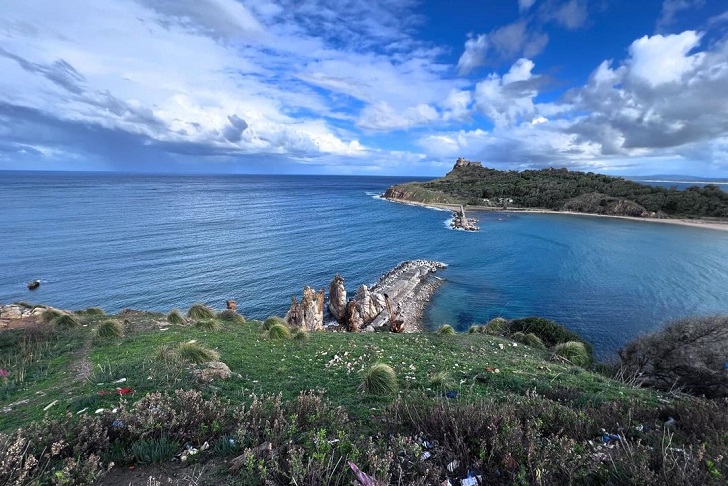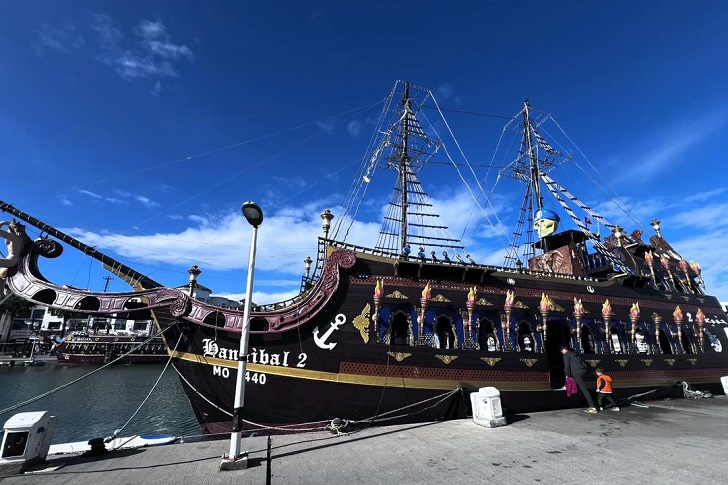Where is the Barbary Coast located? This historic term refers to the North African nations lining the Mediterranean Sea: Morocco, Algeria, Tunisia, Libya, and Egypt. The name derives from the Berber people, indigenous to the region, and it is famous for its past association with piracy from the 16th to the 19th centuries.
Where Is the Barbary Coast located?
The Barbary Coast stretches across the northern edge of Africa, from Morocco’s Atlantic coast to Egypt’s northeastern shores. This extensive coastline has been a critical crossroads for civilizations, bridging Africa and Europe. The countries along the Barbary Coast each offer unique landscapes, from Morocco’s Rif and Atlas Mountains to the sweeping Sahara Desert that touches parts of Algeria, Tunisia, Libya, and Egypt.
The Countries Along the Barbary Coast
1. Morocco
Morocco marks the westernmost point of the Barbary Coast. This nation is characterized by diverse geography, including Mediterranean and Atlantic coastlines, mountain ranges, and desert expanses. Cities like Tangier and Rabat have been crucial in maritime trade and cultural exchanges. Historically, Moroccan ports were notorious havens for Barbary pirates, who disrupted European shipping routes.

2. Algeria
Algeria, the largest country in Africa, is a land of contrasts, featuring Mediterranean beaches and vast stretches of the Sahara Desert. The coastal cities of Algiers and Oran played significant roles during the Barbary piracy era. These ports were not just pirate bases but also centers of commerce and cultural fusion, blending Arab, Berber, and Ottoman influences.
3. Tunisia
Tunisia’s coastline is steeped in history, from the ancient city of Carthage to the modern capital of Tunis. Its strategic position made it a prime target for Barbary pirates. The nation’s coastal regions have long been pivotal in trade and military strategy, contributing to its rich historical tapestry. Tunisia’s Mediterranean climate and fertile lands contrast sharply with its southern desert regions, showcasing the diverse landscapes of the Barbary Coast.

4. Libya
With its extensive coastline, Libya was another significant area during Barbary piracy. The cities of Tripoli and Benghazi were central to pirate operations. Tripoli, in particular, was infamous for its role in the Barbary Wars, which saw American and European forces combat the pirate threat. Beyond its coastal cities, Libya’s vast deserts and oases tell stories of ancient caravans and trade routes that connected Africa to the wider Mediterranean world.
5. Egypt
Egypt, while often more associated with its ancient civilization along the Nile, is also part of the Barbary Coast. Alexandria served as a critical maritime hub with its historic library and lighthouse. Egypt’s role in Barbary piracy was less pronounced than other regions, but its strategic position and rich resources made it an essential part of the Mediterranean maritime landscape. Egypt’s Mediterranean coastline combines historical sites and modern developments, blending the ancient with the contemporary.
The Barbary Pirates: A Notorious Legacy
The Barbary Coast’s most infamous historical aspect is its association with piracy. From the 16th to the 19th centuries, Barbary pirates, or corsairs, terrorized European and American shipping.

These pirates operated from the ports of North Africa, capturing ships and enslaving sailors. The piracy era significantly impacted international trade and led to numerous naval conflicts, including the Barbary Wars involving the United States and European powers.
Cultural and Historical Significance
The Barbary Coast is more than its piratical past. It represents a rich cultural mosaic, blending Arab, Berber, Ottoman, and European influences. Each country along this coast has contributed to a shared history marked by trade, conflict, and cultural exchange. The Berber indigenous to the region have maintained their cultural heritage despite centuries of change and foreign influence.




